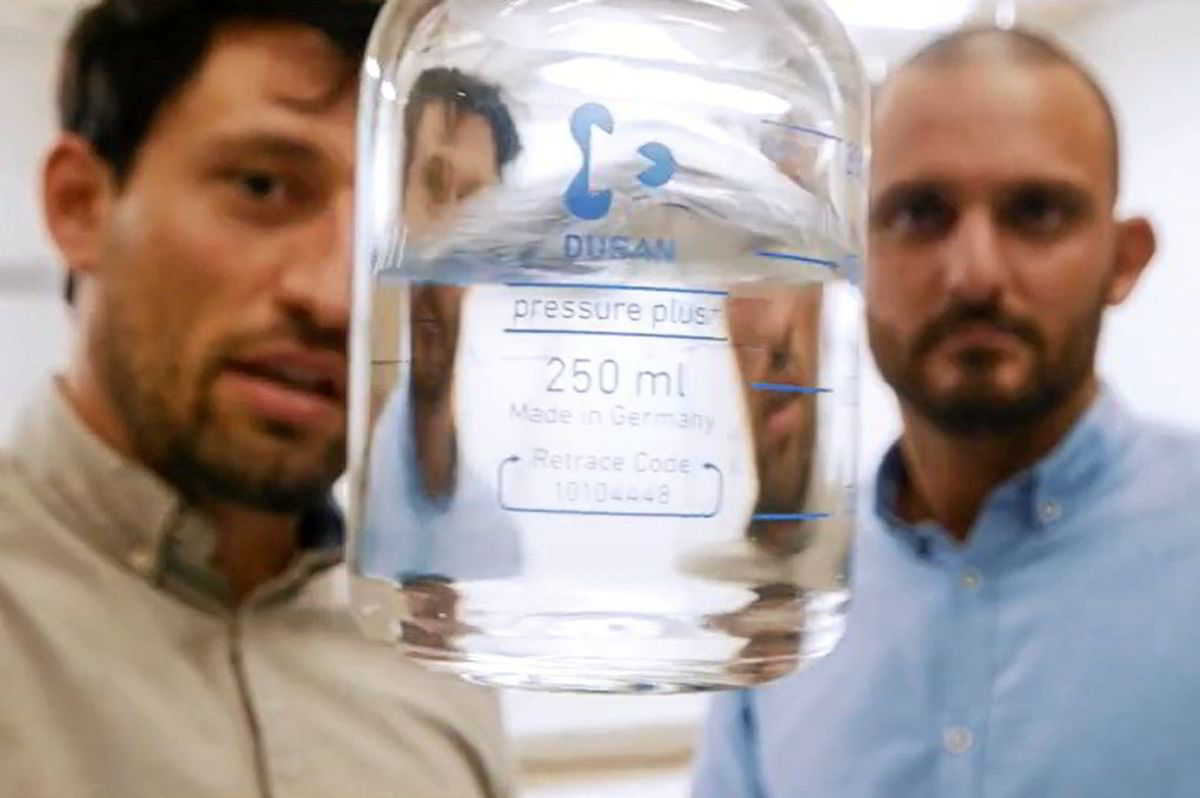
HySiLabs has pioneered a low-cost, non-toxic, non-explosive green hydrogen storage method in a liquid at ambient pressures and temperatures
HySiLabs has pioneered a method for storing hydrogen in a low-cost, non-toxic, non-explosive substance that is a liquid at ambient pressures and temperatures.
The problem this solves:
Every known method of shipping hydrogen has its drawbacks: Compressed H2 has a very low energy density by volume; liquid hydrogen requires storage at temperatures of minus 253°C; and ammonia has a higher volumetric energy density but is extremely toxic.
Methanol and synthetic fuels have very high energy densities but require costly production processes and the addition of captured CO2; liquid organic hydrogen carriers from fossil fuels require energy-intensive high-temperature heat to release the H2 upon delivery.
What if there was a way of storing hydrogen in a low-cost, non-toxic, non-explosive substance that is a liquid at ambient pressures and temperatures and requires no energy — only the addition of water — to release the stored H2?
French start-up HySiLabs believes it has found that exact solution, with a liquid silicon hydride derivative it calls HydroSil that can store seven times more hydrogen by volume than compressed H2 — and release it when required.
“HySiLabs’ patented technology holds the potential to disrupt the fundamental challenge of how to safely and economically transport and store hydrogen at scale,” said the company in a press release announcing €13m of Series
“Crucially, HySiLabs’ molecule requires energy to lock hydrogen into the carrier, and none to release it, a major difference with solutions currently contemplated. In a future where hydrogen production is expected to be shipped to energy demand hubs, this ability to release hydrogen without an energy cost is perceived as highly attractive.”
The company, based in Aix-en-Provence, southern France, says that it has developed separate chemical processes to store and later release hydrogen — backed by 70 patents.
[Ed: An opportunity for concentrated solar heat to displace fossil heat for this energy use? ]
Critics have suggested that as it requires no energy to release the H2, it will need a lot of energy to store the hydrogen in the first place. “Thermodynamics is a b*tch that way,” said Hydrogen Science Coalition co-founder Paul Martin on LinkedIn.
HySiLabs has attracted €13m in Series A funding, led by Equinor Ventures, with finance from the European Innovation Council Fund, EDP Ventures and PLD Automobile, with the support of early investors Kreaxi, Région Sud Investissement and CAAP Création.
The money will be used to continue developing the technology before planned mass-market roll-out in 2027.
Its development plans include testing a 15kW “release reactor” this year, followed by a HydroSil-powered boat in 2024, charging and release pilots in 2025 handling 10 tonnes of hydrogen annually, and 1,000 times larger charging and release plants in 2027.
Source: Hydrogen Insight














































